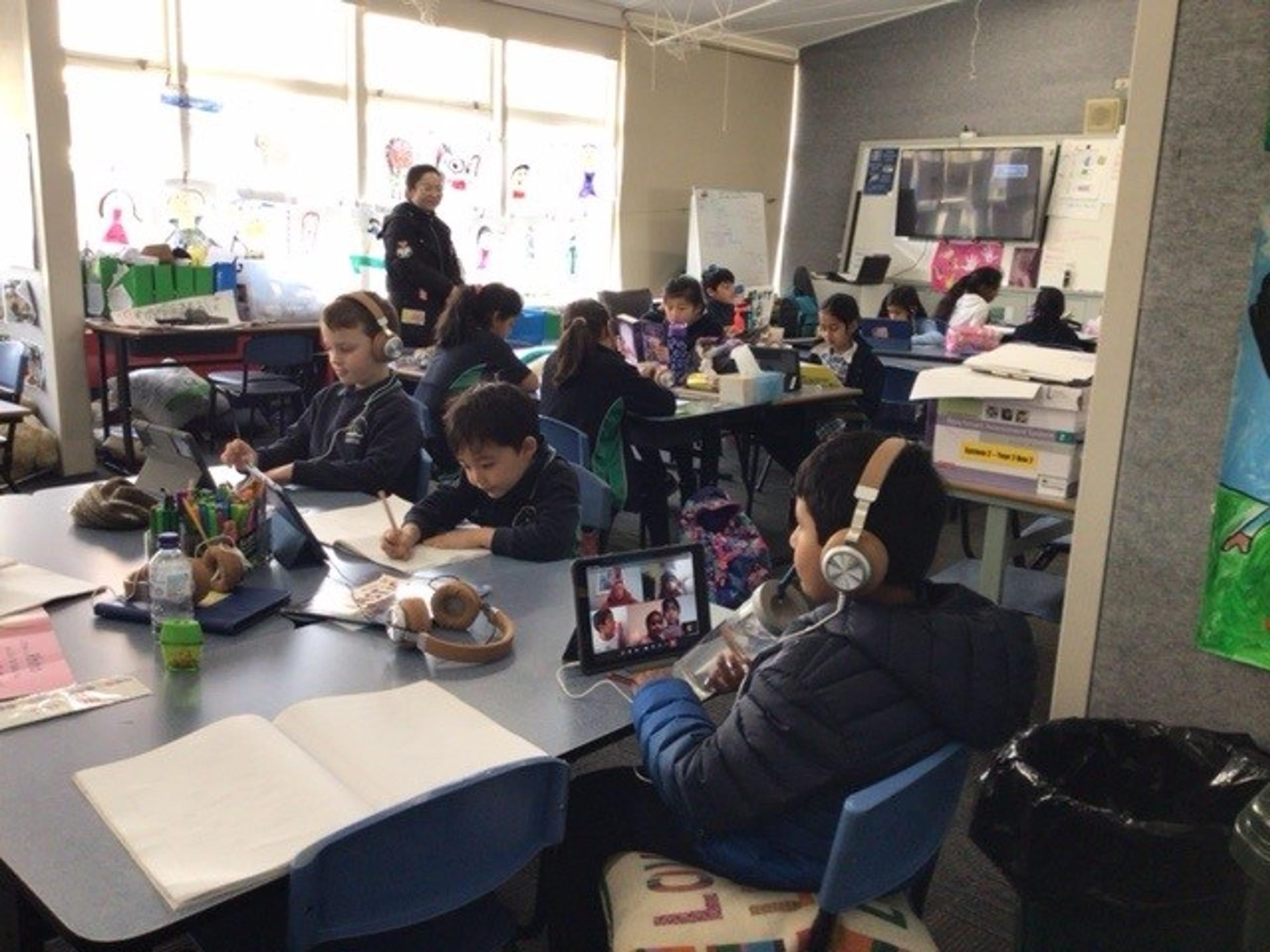Assistant Principals Report
By Sue Coffey

Assistant Principals Report
By Sue Coffey
At GWPS, we regularly talk about metacognition when learning. So “What is metacognition?” and “What strategies can we learn to improve our metacognition?
Metacognition is the ability to think about your own thinking. ‘Meta’ means beyond, and ‘Cognition’ means thinking. So, metacognitive strategies involve reflecting on and regulating how you think.
Having this skill is essential for improving your own productivity and effectiveness at school or work. When we apply metacognitive strategies, we become better learners. We can control not only our thoughts but also our actions much more effectively.
The teacher plays an integral role in developing young learner’s metacognitive skills by:
At home, you can help your children develop metacognition and self-regulation by encouraging them to apply metacognitive strategies. Below are just a few examples of strategies that build metacognition and self-regulation, extracted from 13 Examples of Metacognitive Strategies by Chris Drew, Ph.D. December 2019.
1. Self-Questioning
Self-questioning involves pausing throughout a task to consciously checking your own actions.
Most importantly, we would not be able to improve because we never took the time to ask ourselves important questions like:
2. Meditation
Meditation involves clearing your mind. We could consider it to be a metacognitive strategy because meditators aim to:
3. Reflection
Reflection involves pausing to think about a task. It is usually a cyclical process where we reflect, think of ways to improve, try again then go back to reflection.
Reflection is metacognitive only if you consciously reflect on your thought processes and how to improve upon them next time.
There are many models of reflection with varying steps. Most reflective cycles have at least the following phases:
4. Thinking Aloud
Lev Vygotsky (a central figure in the sociocultural theory of education) argues beginner learners tend to think aloud before learning to think inside their head.
The benefit of sociocultural theory‘s strategy of thinking aloud is that it makes you really think. You have to talk through what your brain is doing, making those thinking processes explicit.
Teachers will often ask students to speak out loud about what they’re thinking. It not only helps the student be more conscious of their cognitive processes, it also helps the teacher identify areas where the student is going astray.
5. Graphic Organizers
Graphic organizers, also sometimes called cognitive tools, help us to consciously improve our thinking processes. They assist us in:
Examples of graphic organizers include:
The ideal graphic organizer will allow us to spill our thinking out onto a sheet or screen and shuffle and sort our thoughts to help us organize our minds better. By using a graphic organizer, we are more effectively thinking about our thinking.
6. Active Reading Strategies
Active reading strategies are strategies that ensure you are concentrating while you read and actually comprehend the information. Examples of active reading strategies include:
Scan for the main ideas: In informational texts, you can scan for the information you need. Pay close attention to subheadings that give you a clue about where you will find the key information.
My favourite approach to active reading is the reciprocal teaching approach. This approach emphasizes four more strategies:
7. Active Listening Strategies
Active listening strategies are strategies students use to ensure they are listening attentively. Some examples of active listening strategies include:
When learners “think about their thinking” they are more capable of self-improvement. Metacognitive strategies can be learned, practiced and made into habits in order to improve learning, studying and thinking skills into the future.